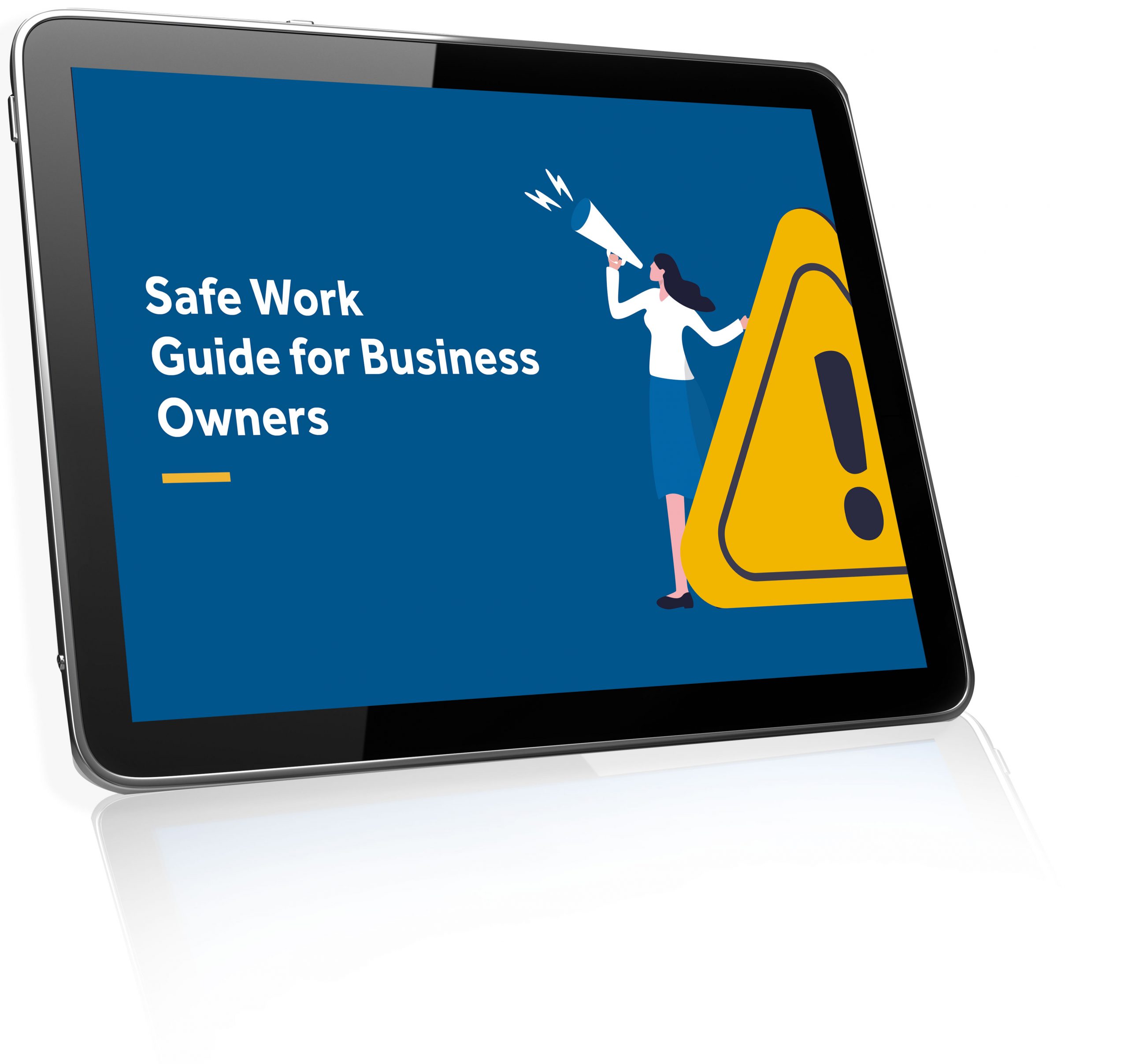
October is National Safe Work Month. This is an excellent opportunity to focus on importance of work health and safety matters. While work health and safety has been of paramount importance in the workplace, the risk to mental health at the workplace has often been neglected. Recent events and the global pandemic has emphatically reminded us about the realities of mental exhaustion, stress, depression, and burnout. Keeping that in mind, Safe Work Australia published its finalised national model Work Health and Safety (WHS) Code of Practice for managing psychosocial hazards at work. The Code comes on the back of recent changes to Model WHS laws. It now offers practical guidance to persons conducting a business or undertaking (PCBUs) to manage psychosocial hazards at work.
What are psychosocial hazards?
Psychosocial hazards at work are aspects of work and situations that may cause a stress response which in turn can lead to psychological or physical harm. This may be because of the way the tasks or job are designed, organised, managed or supervised, or the hazard may be inherent to the actual task or job.
Psychosocial hazards can also arise from the equipment used, or from the physical working environment if it evokes a “physiological or stress response”. Last, but not least, psychosocial hazards may stem from social factors at work, including workplace relationships and social interactions or lack thereof. Examples of these psychosocial hazards include issues such as bullying and harassment, violence in the workplace, and remote or isolated work.
Types of psychosocial hazards
There are a broad range of psychosocial hazards such as:
Job demands
Low job control
Poor support
Lack of role clarity
Workplace Bullying
Violence
Isolation
Harassment including sexual harassment
Poor change management
Aggression
Conflict or poor workplace relationships and interactions
Poor physical environment
Poor organisational justice
Traumatic events or material
Psychological harm or injuries from psychosocial hazards include conditions such as anxiety, depression, post-traumatic stress disorder (PTSD) and sleep disorders. Physical harm or injuries from psychosocial hazards include musculoskeletal injury, chronic disease and physical injury following fatigue-related workplace incidents.
Causes of psychosocial hazards
A multitude of factors and issues can generally cause psychosocial hazards:
Excessive workloads
Lack of role clarity
Lack of support from management
Toxic work environment
Irregular working hours
Other existing mental health illnesses
Poor physical wellbeing
Remote or lone working
How do psychosocial hazards cause harm to workers?
Psychosocial hazards can cause stress. Work related stress is when a worker perceives the demands of the role exceed their abilities or resources. Stress can create a physiological and psychological response in the body by releasing adrenaline and cortisol. This raises the heart rate and blood pressure, boosts the glucose levels in the bloodstream and diverts the energy from the immune system to other areas of the body.
Stress in itself does not lead to or cause injury but frequent or prolonged stress can cause mental or physical exhaustion and harm. When workers are exposed a hazard, they can have a delayed response as well. For example, if your workers are exposed to violence at the workplace, they can experience stress or trauma as a response. This can be due to the fact that they believed the risk has not been controlled, even if the violence doesn’t occur again.
Other risks to work health and safety of employees may include:
Psychosocial risk
Reduced job satisfaction
Reduced productivity
Increased conflict
Increased absenteeism/sick leave
Loss of appetite/increase in appetite
Anxiety
Increased medical expenses
Risk of alcoholism/drug use
Importance of psychosocial safety
Anxiety and depression costs Australian employers approximately $8 billion annually as a result of absenteeism and presenteeism. Work related stress represents a significant cost for worker health and productivity. Stress related illnesses such as depression also form a big part of the global disease burden. Mental health and the risk to psychosocial safety is equally important as risks to physical health at the workplace.
Psychological injury claims are also increasing rapidly and incurring large expenses to business owners. On an average, 7,984 Australians are compensated for work related mental health conditions each year. 9% of all serious workers’ compensation claims are for work-related mental health conditions.
Work-related psychological injuries have longer recovery times, higher costs, and require more time away from work when compared to physical injuries. By focusing on the importance of psychosocial safety, you explicitly protect workers, reduce absenteeism, increase retention and meet your health and safety duties.
Managing psychosocial hazards at work
Managing psychosocial risks at work is a four step process:
Identify psychosocial risk and hazards that can impact workers.
Assess what could happen if workers are exposed to the identified hazards.
Control- where possible, you should eliminate the risk. Minimise the risk if elimination isn’t possible.
Review your control measures when necessary.
Health and safety duties
Under state and territory workplace health and safety legislation employers have a duty to ensure, so far as is reasonably practicable, the health and safety of workers and visitors to the business by identifying hazards and eliminating or minimising any risks. ‘Health’ includes both physical and psychological health. Hazards are anything that can cause harm, and risk means the possibility of harm (death, injury or illness) which might occur if a worker is exposed to a hazard.
WHS Code of practice
The approved code of practice is not legally binding but acts as recommendations for states and territories to predict safety outcomes. Safework NSW introduced a similar Code of Practice for managing psychosocial hazards at work. Western Australia (WA) introduced a Code of Practice in similar fashion.
While it is likely that similar Codes of Practice will be introduced across all States and Territories in the near future, in the meantime, given that WHS legislation across the board imposes a duty of care on employers to take steps to protect workers from harm as far as reasonably practicable, we can help you identify and manage any risks in your workplace.
Work Health and Safety
During October each year, Safe Work Australia asks businesses, employers, and workers across the country to commit to building safe and healthy workplaces for all. This year the theme is Know Safety, Work Safely. Since 2009, this month has acted as time for Australian businesses to raise awareness and access resources.
You can access the resources provided by Safe Work to identify psychosocial hazards and manage risks at the workplace. These resources can aid workers in understanding practical steps they can take as well.
Please be aware that the information contained in this document is general information and does not constitute legal advice. Please consult a qualified work health and safety professional for specific advice regarding WHS laws or risk management.
How can we help you?
Employsure has worked with 30,000 business owners across Australia and New Zealand. We understand the needs of small businesses when it comes to matters of employment relations and work health and safety. Call our 24/7 Advice line today.

Safe Work Guide
The past few years have been tough for businesses. The uncertainty of the working environment combined with rising costs and labour shortages have highlighted the importance of good physical and mental health at the workplace.
Employsure has created a comprehensive health and safety guide containing tips and resources for business owners.

About Employsure
Employsure is one of Australia’s largest workplace relations advisers to small- and medium-businesses, with over 30,000 clients. We take the complexity out of workplace legislation to help small business employers protect their business and their people.
